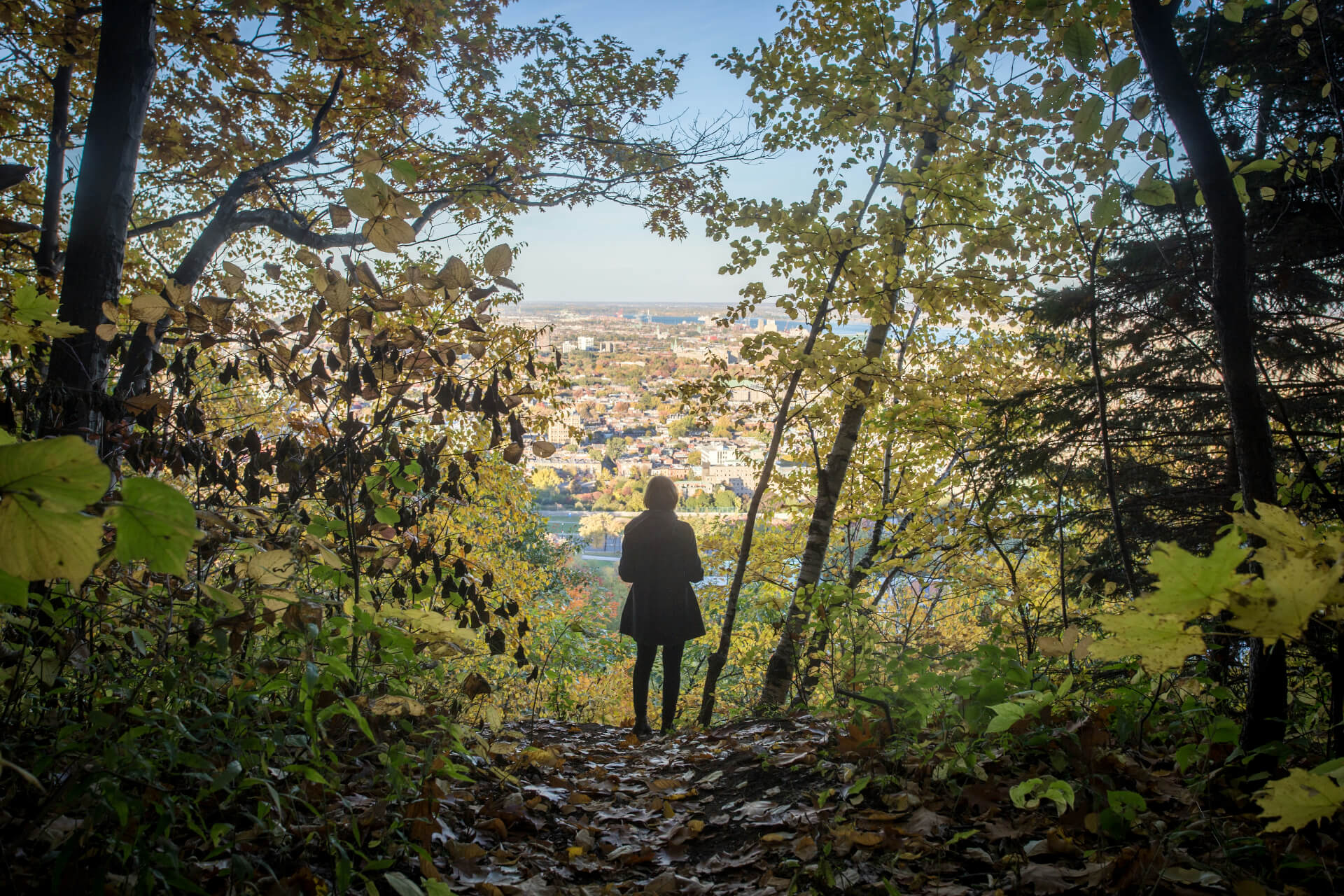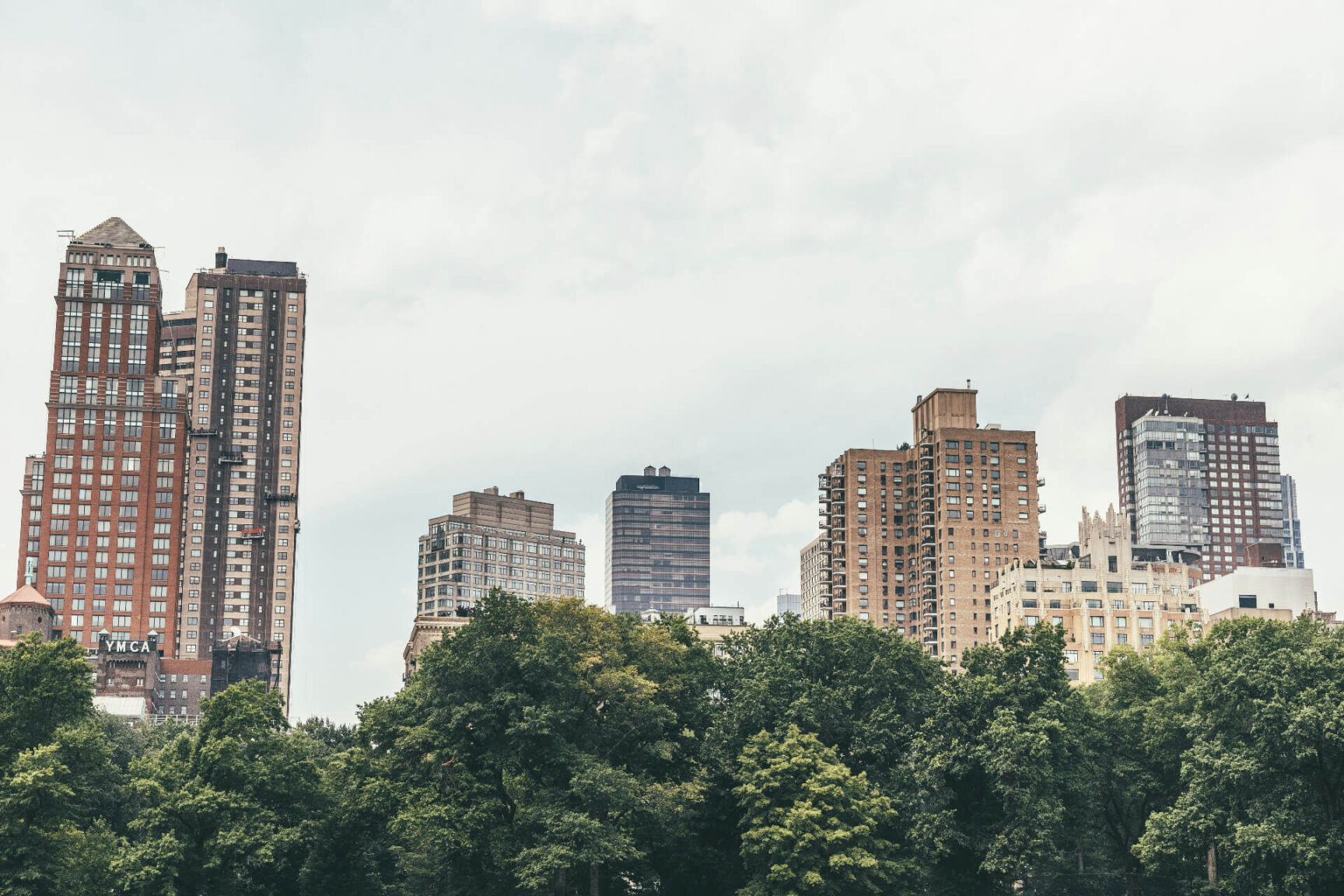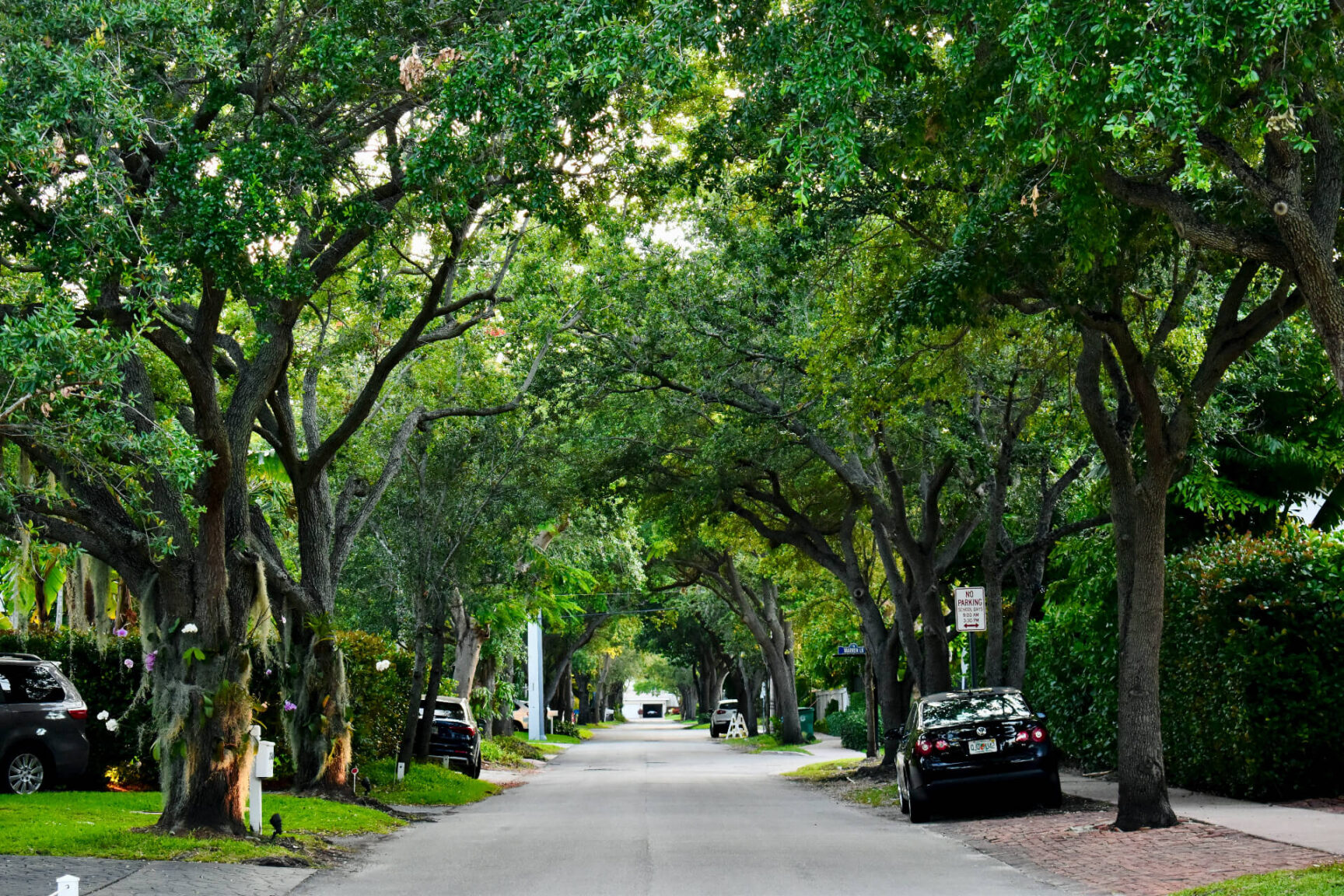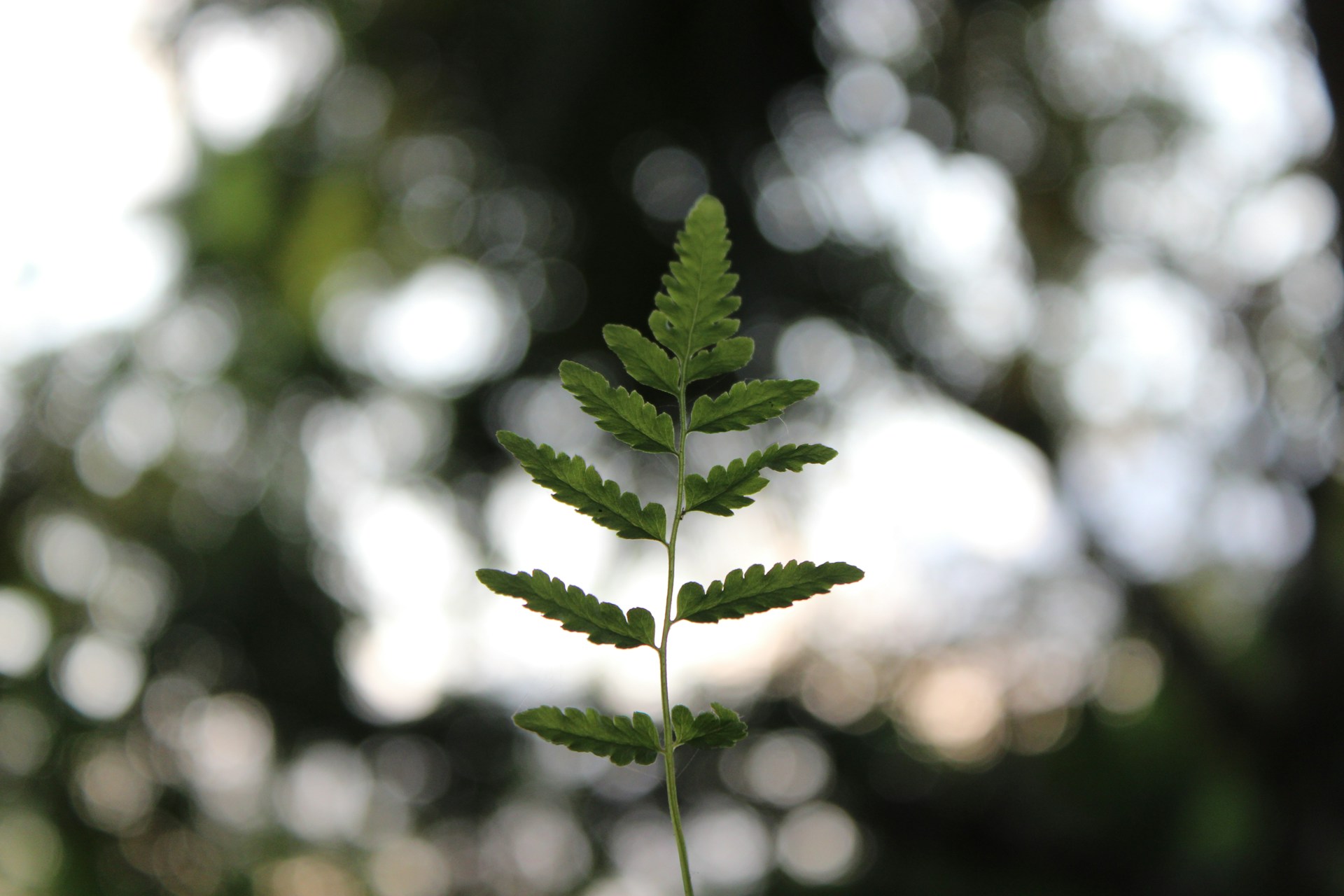
Urban Forestry Is the Key to Sustainable Expansion
April 23, 2024 - Emily Newton
Revolutionized is reader-supported. When you buy through links on our site, we may earn an affiliate commission. Learn more here.
Humans have come a long way in regards to their dwellings. Urbanization has caused many of the Earth’s over eight billion people to move from caves to mansions. While this sounds like a step up, our species is meant to be living alongside nature. Urban forestry strives to let humans live among both, but it is an intricate study
What Is Urban Forestry?
Urban forests are nature blended with cities. Massive trees next to skyscrapers, community gardens and urban parks are examples of urban forests. Urban forestry is the practice of making these spaces flourish despite being in a contradictory environment.
It encompasses research, management and care. Plant life is used to being in more remote areas with lush soil, sun access and biodiversity, so humans must incorporate elements to make these spaces their home.
However, urban development projections predict seven in 10 people will live in cities by 2050. Presently, 4.4 billion people live in metropolitan areas. This will only increase.
The population is growing and humanity needs more land to use for housing, services and public necessities. Managing all the urban sprawl is taxing and resource-depleting. This required us to develop concepts like urban forestry to circumvent the negative impacts of urbanization. While many believe it is necessary for the progression of the species, there are ways we could have executed it more gracefully.

What Are Different Types of Urban Forests?
There are not a set number of types of urban forests. As people innovate, they find new ways to incorporate greenery into cities. For example, green roofs have not always been a city staple, but now they are one of the most popular ways to reduce urban heat islands. What are some of the other types of urban forest developments apart from standard parks?
Greenways and Street Trees
Greenways, also called linear parks, are a specific type of way to incorporate more greenery in a way that resembles a park on a narrow stretch of urban land. They can be along medians in roadways or beside small rivers and ridges. They best accompany city walkways or bike lanes. Street trees, albeit a different type of urban forest, may be incorporated near or within greenways.
Green Walls and Roofs
Green walls and roofs allow people to grow everything from vegetables to renewable biomass energy within urban infrastructure. For example, an office building may grow a produce garden, which collects rainwater and provides food to staff. Green walls include microorganisms which generate algae and other feedstocks that can transform into energy. These assets lower building temperatures, curb energy consumption, engage residents with natural resources.
Wildlife Preserves
More cities need to protect areas unaffected by urban sprawl. This includes animals living in these habitats. Protected natural areas also bring in critical pollinators to help prevent food scarcity, which is often a problem in dense cities.

What Are the Benefits of Urban Forestry?
Urban forestry has practical and mental benefits for city residents. Though countless boons exist from surrounding people with more nature, what are some of the prominent ways in reversing climate change and engaging people with natural resources in a positive, safe way?
Minimizing Urban Heat Islands
Cities are unreasonably hot, with urban areas having an average of 1°F to 7°F warmer temperatures during the day than nearby areas. Having natural shade makes the extremes tolerable, putting less stress on buildings to use excessive energy and air conditioning.
Oxygen Production and Carbon Sinks
The issue with deforestation is the removal of natural carbon sinks that help that atmosphere recover from greenhouse gas emissions. They also produce more oxygen to help biodiversity and oxygen density in otherwise air-polluted cities.
Wildlife Habitats for Biodiversity
Before cities were erected, they were full of wildlife that made homes in and around native plants. They had to migrate, or in worst cases, go extinct, when these regions were destroyed. Rewilding the areas allows the species that used to live there to come back and restore the soil, air and water to how they used to be before urban pollution and anthropogenic climate change.
Increased Happiness
People thrive near nature. This was seen most prominently during the Covid-19 pandemic when people flocked to outdoor areas to try and feel some semblance of peace. Increased exposure to screens and technology have led most urban populations into a nature deficit. Bringing these areas back so that they are commonplace will level the emotional stability of urban people.

Where Has Urban Forestry Been Effective?
New developments and implementations of urban forestry make headlines regularly, as they revise a concrete jungle into something greater and more decarbonized. What are some examples of modern success in green spaces?
In Louisville, Kentucky, the Urban Forestry Division of Louisville Parks and Recreation wanted to do more than just plant urban greenery — they wanted to give it to citizens. In 2024, they gave citizens free mulch, which is harvested from dead trees. This promotes a circular economy while letting the parks and recreation board plant new growth. Mulch is multipurpose, and it helps citizens understand its practical uses.
In Bellingham, Washington, an urban forestry project has an aggressive goal to have tree canopies cover 45% of the city as a part of their Community Trees Program. Their plan involves 9,000 trees planted yearly for the course of the project, which the program intends to oversee and use to build up the city’s climate resilience.
Cheyenne, Wyoming’s win is from the beauty of grant funding. The Wyoming State Forestry Division has pointed out trees that need to be replaced because they are old or sick. Around $55,000 will go toward restoring the greenery in the region to its pride.
Blurring the Lines
People want to live between forests and cities, obtaining the benefits of both. Urban forestry has spent ages making plants work in an environment designed to work against their natural processes. Every year, plant experts get closer to dissolving the boundary between these disparate landscapes. The most striking achievement of urban forestry is letting the planet recover from climate change and toxic urbanization.
Revolutionized is reader-supported. When you buy through links on our site, we may earn an affiliate commission. Learn more here.
Author
Emily Newton
Emily Newton is a technology and industrial journalist and the Editor in Chief of Revolutionized. She manages the sites publishing schedule, SEO optimization and content strategy. Emily enjoys writing and researching articles about how technology is changing every industry. When she isn't working, Emily enjoys playing video games or curling up with a good book.







